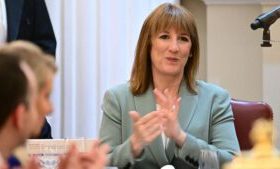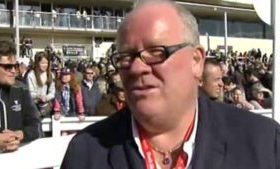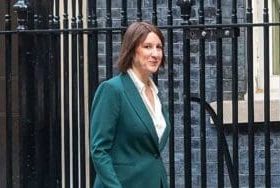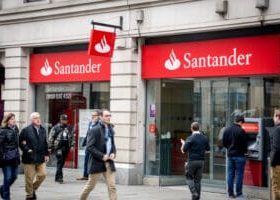
Rightmove has slashed its 2025 house price forecast in half, citing a glut of homes on the market and increasing competition among sellers.
The UK’s largest property portal now expects average prices to rise by just 2 per cent this year, down from the 4 per cent previously predicted.
According to the company’s latest data, the volume of homes listed for sale has reached its highest point since 2015, with sellers jostling for attention in an increasingly crowded marketplace. The result, says Rightmove, is downward pressure on asking prices as vendors cut back expectations to avoid being overlooked.
The average asking price in July dropped by 1.2 per cent compared to June, falling to £373,709. While a seasonal dip is typical for this time of year, Rightmove noted that the decline was the steepest it has recorded in any July for more than two decades. Year-on-year, asking prices are now just 0.1 per cent higher than they were in summer 2024.
Colleen Babcock, head of partner marketing at Rightmove, said: “The decade-high level of buyer choice means that discerning buyers can quickly spot when a home looks over-priced compared to the many others that may be available in their area. It appears that more new sellers are conscious of this and are responding with standout pricing to entice buyers and get their home sold.”
Estate agents on the ground echoed this sentiment. Phillip Bishop, managing director at Perry Bishop in Cirencester, added: “There is significant property choice and availability for buyers, which is allowing them to be uncompromising on their criteria and expectations.”
While asking prices dipped across most regions, the sharpest monthly decline was seen in central London, where average prices fell by 2.1 per cent. Rightmove said the recent rise in stamp duty would likely have had a greater impact in the capital, which remains the most expensive area to buy a home. Additional uncertainty around proposed changes to non-dom tax rules may also be suppressing investment in prime London real estate.
By contrast, more affordable regions are still seeing modest growth. In the northeast of England, asking prices rose by 1.2 per cent in July, underlining the regional disparities in the housing market.
Despite the slowdown in price growth, there are signs of renewed activity. Rightmove reported that the number of agreed sales is up by 5 per cent compared to last year, while buyer enquiries have increased by 6 per cent. This uptick is being supported by falling mortgage rates, with the average two-year fixed deal dropping from 5.34 per cent last summer to 4.53 per cent today—equating to a saving of nearly £150 per month on a typical new mortgage.
Babcock remains cautiously optimistic. “We’re seeing more sales being agreed and more new potential buyers entering the market than at the same time last year. Still, the knock-on effect of high buyer choice is slower price growth, so we’re revising down our prediction.”
While price momentum is likely to be subdued for the remainder of the year, the combination of improved affordability, stable demand and anticipated interest rate cuts could still offer a degree of support for the UK housing market as 2025 progresses.
Read more:
Rightmove halves house price forecast as sellers flood the market








